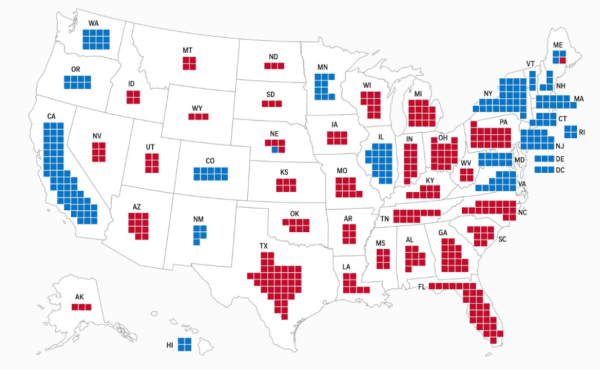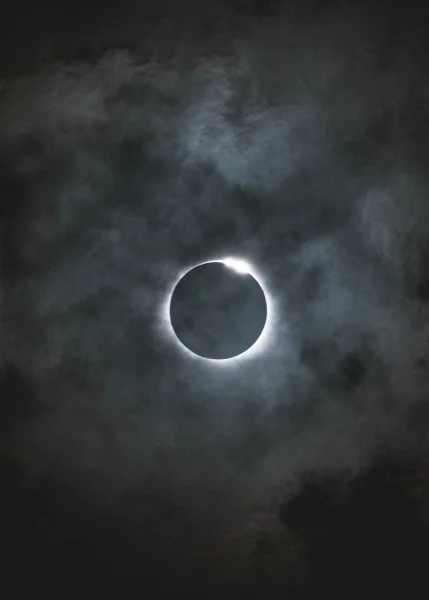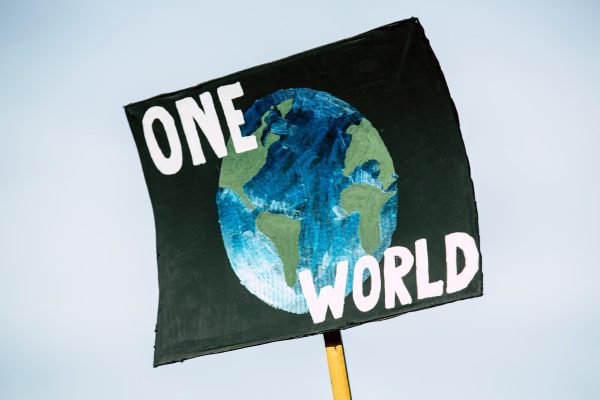History of Valentine’s Day
It’s that time of the year again where some people are abundant in joy, and others not so much. Though there are many traditions and cliches for Valentine’s Day today, not many know the true history of the holiday beyond just the chocolates and flowers.
Also known as Saint Valentine’s Day, Valentine’s Day is a day where friends, family, and partners express their affection through gifts, most commonly chocolates, flowers, wine, dinner, and much more.
The holiday has origins in the Roman festival of Lupercalia, which was held in mid-February. The festival celebrated the coming of spring and included activities where men and women were paired together by lottery. Pope Gelasius I forbade the celebration in the late fifth century and is attributed to replacing it with Saint Valentine’s Day.
Valentine’s Day, however, did not become a true celebration of romance until about the fourteenth century. Where exactly Valentine’s Day got its name from has been debated, for there have been numerous Christian martyrs named Valentine. Some claim it was St. Valentine of Terni, a bishop, while others believe that St. Valentine would defy emperors orders and secretly marry couples in order to spare husbands from war. That is why the feast day is associated with love. Actual valentines, as in formal messages, didn’t come about until about the 1500s and they weren’t commercially printed until the 1700s. Valentine’s Day is most popular in the United States, Britain, Canada, and Australia, although it is also celebrated in other parts of the world.
Valentine’s Day has an interesting history that goes far beyond the conversation hearts and red roses. Learning about the history of Valentine’s Day reveals how the true meaning of the holiday has developed throughout the centuries. And it is always important to show the affection you have for your friends, family, and partner, which is why Valentine’s Day is so popular!






